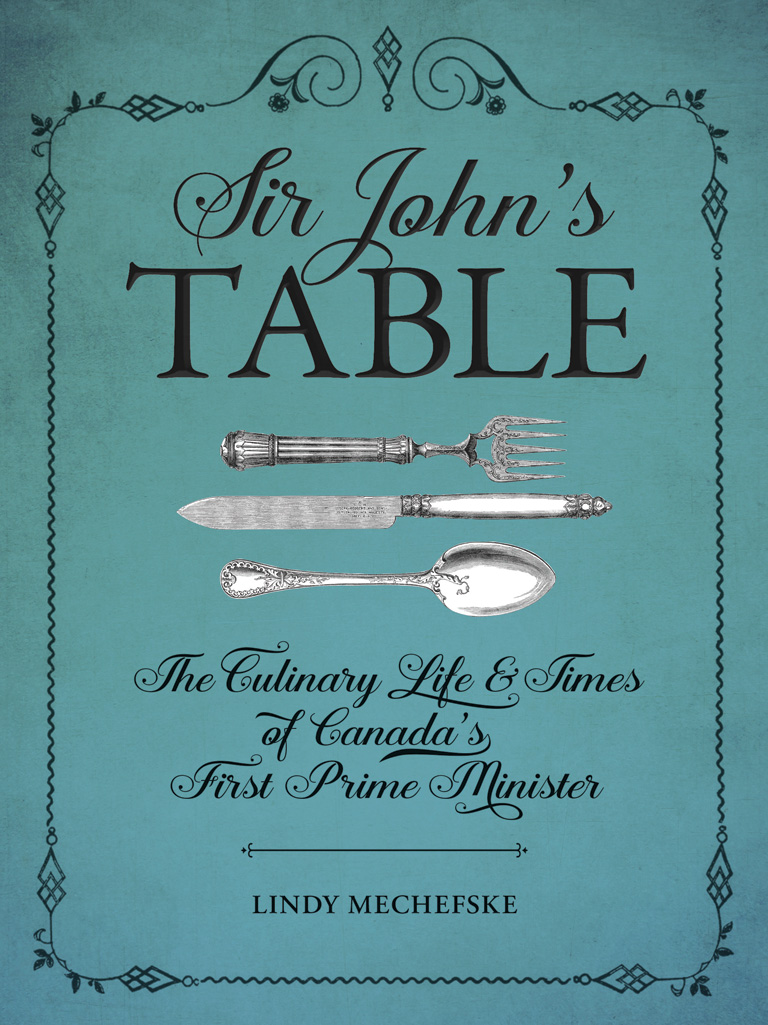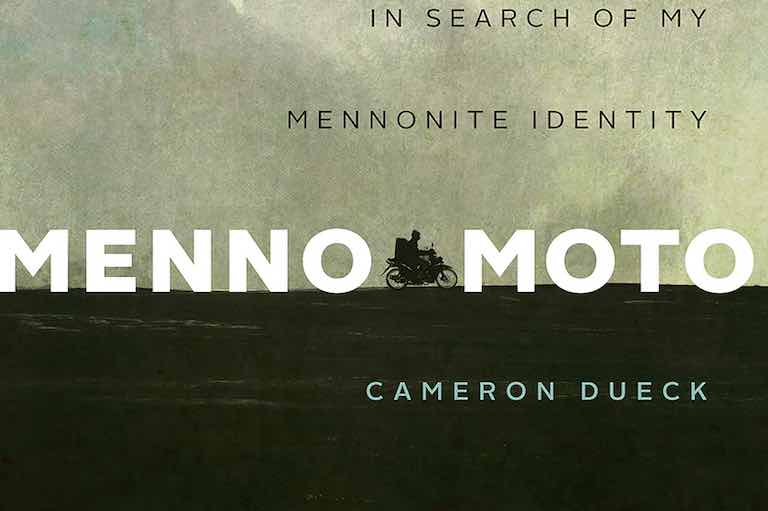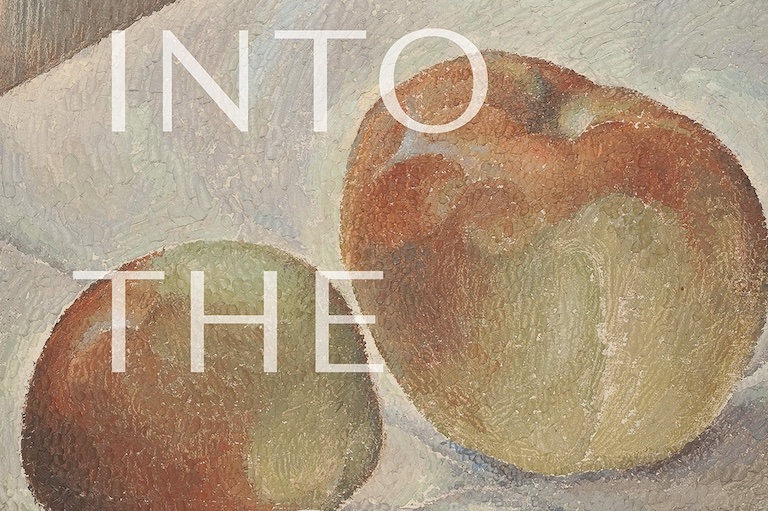Sir John’s Table

Sir John's Table: The Culinary Life and Times of Canada’s First Prime Minister
by Lindy Mechefske
Goose Lane
232 pages, $19.95
I remember a visit to Sir John A. Macdonald’s Bellevue House, a National Historic Site in Kingston, Ontario. As a young lawyer and politician, Macdonald rented the spacious Italianate villa in 1848 in the hope that it would improve his first wife Isabella Clark’s ill health. What I remember vividly is walking through the gardens with a tour guide who wore the costume of that era complete with a Huckleberry Finn straw hat. This increased the sensation that Sir John himself was in the garden enjoying a moment of peace while inspecting the quality of the season’s produce, such as “bloody butcher” corn, “Long Island cheese” pumpkin, and “golden russet” apples.
In Sir John’s Table, author Lindy Mechefske transports readers to a time when food was “a constant challenge for the pioneers and settlers” in Upper Canada, when there were no stoves to be had and no refrigeration. Mechefske, a food journalist who has published a cookbook, grew up in England but has called Kingston her home since 2001. She became interested in writing a biography of Macdonald, who had himself emigrated from Scotland to Kingston with his family in 1820 when he was five years old.
In her book’s introduction, she asserts that “culinary history, a topic largely overlooked, is increasingly well respected as an aspect of cultural heritage.” In fact, Mechefske’s archival research revealed an abundance of fascinating nineteenth-century food stories, which she used for Sir John’s Table.
Following chapters with amusing titles such as “Passage to Upper Canada: Bring Your Own Biscuits” and “A Roast Duck Dinner Saves the Dominion” are heritage recipes copied from popular Canadian cookbooks of the nineteenth century, including the oddly titled The Cook Not Mad; Or Rational Cookery, by “Anonymous.” From this volume we are treated to the recipes “Bread Pudding” and “Oysters Fried.”
As Mechefske relates, oysters were a delicacy so sought-after that, by the end of the century, the eastern seaboard was depleted of these mollusks, which were packed in barrels and shipped by boat orstagecoach to taverns, hotels, shops, and homes, including the prime minister’s in Ottawa. Macdonald and his second wife, Lady Agnes Bernard, hosted weekly dinner parties where bowls of oyster soup were served from huge pots along with oysters fried, roasted, or stewed.
Picnics were popular in Victorian times, and Macdonald, ever the creative politician, used them during his campaign tours through towns and villages to gain the ears of colonists and, he hoped, their votes for his Conservative Party. Picnics were often attended by hundreds, and a partial listing of the “Bill of Fare for a Picnic for 40 Persons” from the 1861 Mrs. Beeton’s Book of Household Management gives some idea of the richness of the supplied food: roast beef, ribs of lamb, roast ducks, veal-and-ham pies, pigeon pies, lobsters, baskets of salad, cheesecakes, pound cakes, sponge cakes, and a half pound of tea. In Isabella Beeton’s list, “Things Not To Be Forgotten at a Picnic” include quart bottles of ale plus bottles of sherry, claret, champagne, and brandy!
Mechefske skilfully portrays Macdonald as a charismatic man, driven by his political passion and gifted with both wit and a “huge heart.” His daughter, Mary, who was born with a debilitating disease named hydrocephalus, had to be kept in a wheelchair. In 1873, when Mary was four years old and in the care of her maternal grandmother in Rivière-du-Loup, Quebec, Macdonald wrote her these delightful words: “The garden looks lovely just now. It is full of beautiful flowers and I hope you will see them before they are withered. There are some fine melons in the garden. You must pick them for dinner and feed the chickens with the rind. You remember that Mamma cut my hair and made me look like a cropped donkey. It has grown quite long again. When you come home, you must not pull it too hard.”
This attractively illustrated culinary biography of John A. Macdonald can lose itself at times in the gastronomic stories, but readers will nonetheless be nourished with much first-rate fare.
Themes associated with this article
Advertisement




